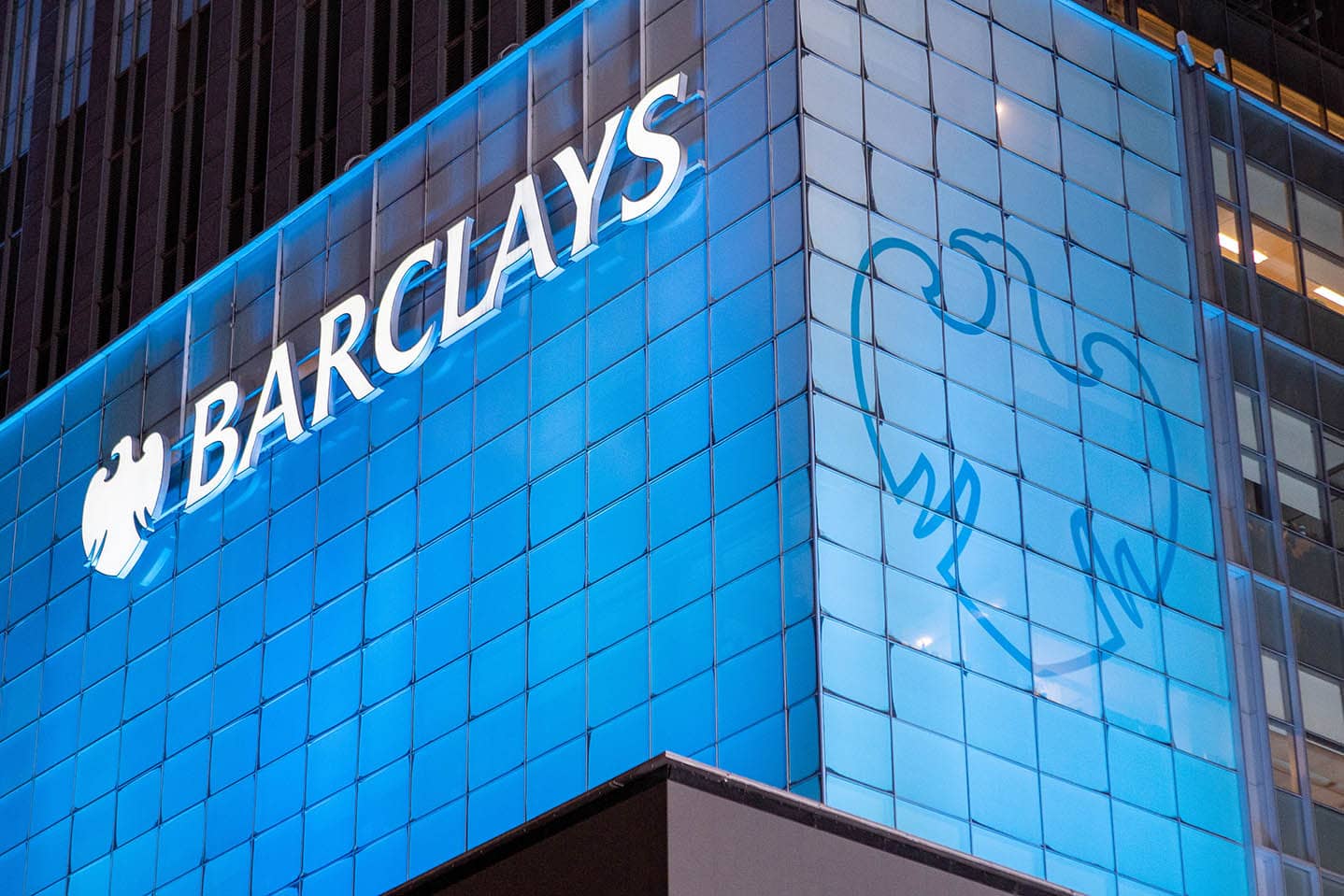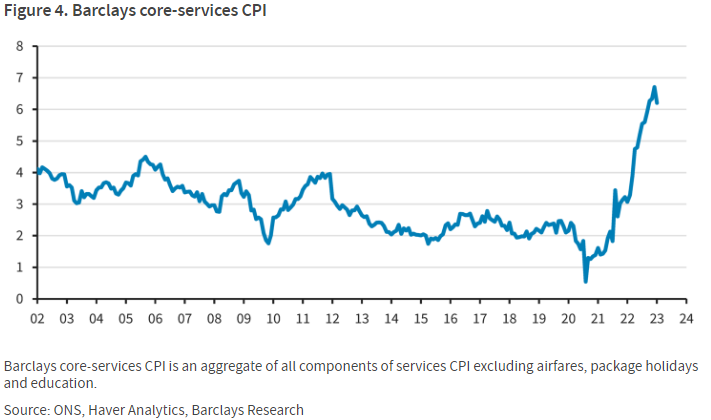Big Bounce in UK Retail Sales for January Likely This Friday - Barclays Data
- Written by: James Skinner
-
"Our model takes UK Spend Trends 2.0 signals as inputs and forecasts 1.0% m/m for retail sales volumes in January 2023, compared to consensus of -0.3% m/m" - Barclays.

Image © Adobe Stock
UK retail sales are likely to surprise significantly on the upside of the market consensus on Friday, according to Barclays' UK Spend Trends 2.0 indicator, in a January outcome that would mostly reverse the prior month's decline and which could have supportive implications for Sterling.
Professional forecasters expect on average that retail sales fell by a further -0.3% in January after already declining one percent in December when workforce strikes at rail and postal services led to widespread disruption for businesses on the High Street as well as those trading from online.
But Barclays' UK Spend Trends 2.0 indicator suggests retail sales volumes are more likely to have actually risen by 1% in the new year, which would reverse much of December's decline and could prompt many to second guess forecasts for the overall economy in the months ahead.
"Our model takes UK Spend Trends 2.0 signals as inputs and forecasts 1.0% m/m for retail sales volumes in January 2023, compared to consensus of -0.3% m/m," says Adam Kelleher, head of research data science at Barclays.
The UK Spend Trends 2.0 indicator draws on more than £12BN of anonymised and aggregated Barclays’ credit and debit card transactions to provide insight into spending trends across more than 250 industries of the UK economy.
Source: Barclays. Click image for closer inspection.
While offering timely insights into the likely pace of spending in the overall economy, the UK Spend Trends 2.0 indicator also provides a bird's eye view of trends across different demographics and sales formats.
A strong Friday retail sales report would make for a hat-trick of positive surprises from UK economic data this week and one that potentially makes a March increase in the Bank of England (BoE) Bank Rate more likely than otherwise.
"The softness in core services inflation is a risk to our call for an additional 25bp hike in March, which remains our base case given the strength in the labour market," says Abbas Khan, an economist at Barclays.
"The next round of labour market and inflation data, which will be released before the March meeting, will be key," Khan adds on Wednesday.
This is all comes after both UK inflation rates surprised sharply on the downside of expectations for January on Wednesday, leading some economists to question whether the BoE really needs to lift Bank Rate again next month.

On their own the softer UK inflation figures are an argument for caution and patience, although one that is potentially somewhat voided by Tuesday's employment data, which suggested that regular wage packets and permanent pay grew at an accelerated pace into year-end.
While the BoE is thought to pay more attention to growth in total pay, which includes one-off bonuses and came in weaker-than-expected on Tuesday after moderating during December, that might not hold this time around.
This is because with wages and salaries growing at an accelerated pace once bonuses are excluded, the latest Office for National Statistics data is a clear indication of wage pressures beginning to have more bearing on permanent pay settlements, which are the most inflationary of them all.
"Looking under the hood, the strength in core wage growth is increasingly coming from the public sector (c.17% of total employment), which is carrying strong momentum," Barclays' Khan writes in a Tuesday research briefing.
"Notwithstanding the slowing in private sector wage growth momentum in December, we think the level of wage growth, along with other indicators that point to continued labour market tightness, are consistent with our call that the MPC will deliver a further 25bp hike at the upcoming March meeting," he adds.

